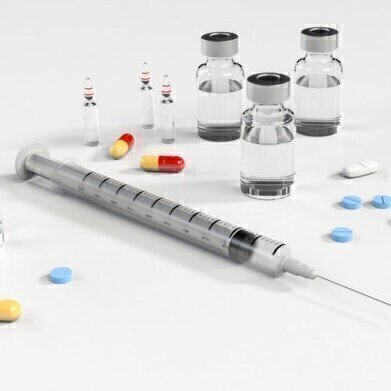Bioanalytical
How Cashew Gum Can Help with Insulin Delivery
Oct 14 2019
For millions of people worldwide, insulin injections are part of their daily routine - with millions of people in the UK alone carrying out injections that allow them to carry on with their busy lives. But for many diabetics, injections are an unpleasant part of their daily life. Injections can interrupt daily schedules and can be painful. There are many different methods of injecting insulin, with syringes, pens and pumps all used to make sure the drug is delivered.
But researchers are searching for better ways to deliver insulin, as for some, besides the pain, insulin injected subcutaneously can cause side effects. Insulin that can be delivered to the bloodstream via a pill would be the best option for a patient. And thanks to some research recently published by researchers in the journal Matéria (Rio de Janeiro), oral insulin could be a step closer.
Problems with delivery
It is relatively easy to make a pill or capsule containing a dose of insulin to be taken orally. And oral delivery of insulin would probably be better both psychologically and for convenience for diabetics. The problem comes with making sure that the correct dose of insulin gets delivered to the bloodstream when it is needed. And it is the human body that is the problem.
The digestive route, although ideal for taking the drug, has several problems with it. The digestive juices can break down the insulin before it has penetrated the stomach wall. Which is in itself a difficult problem due to the thickness of the stomach wall and the fatty intestinal tract having low permeability. Also, the environment within the stomach means that using simple tablets could deliver unpredictable levels of insulin and thus could be ineffective in helping to control diabetes.
Nanoparticles deliver the drug
One answer to the problem of delivering insulin orally could be to use nanoparticles and biopolymers that incorporate the insulin. Nanoparticles could protect the insulin from the digestive juices and help it to penetrate the walls of the digestive tract to deliver the insulin safely to the blood. In the study referenced above, the researchers investigated the use of a commonly used polysaccharide, cashew gum, to make a nanostructured delivery system for insulin.
Cashew gum is a biopolymer obtained from trees and is regularly used in the food and medical industries. The team used chromatography, amongst other techniques, to characterize the cashew gum and obtain its molecular weight. The use of chromatography to analyse biomolecules is discussed in the article, HILIC Flash Purification – Separation of Polar Pharmaceuticals on Silica.
The methods used allowed the team to analyse the cashew gum and it was successfully purified and characterized. They manufactured nanoparticles and they were promising as a formulation for oral insulin administration using biopolymers. Hopefully in a few years, injecting insulin will be a thing consigned to the bin - another development enhanced with the use of chromatography.
Events
Jan 20 2025 Amsterdam, Netherlands
Feb 03 2025 Dubai, UAE
Feb 05 2025 Guangzhou, China
Mar 01 2025 Boston, MA, USA
Mar 04 2025 Berlin, Germany














